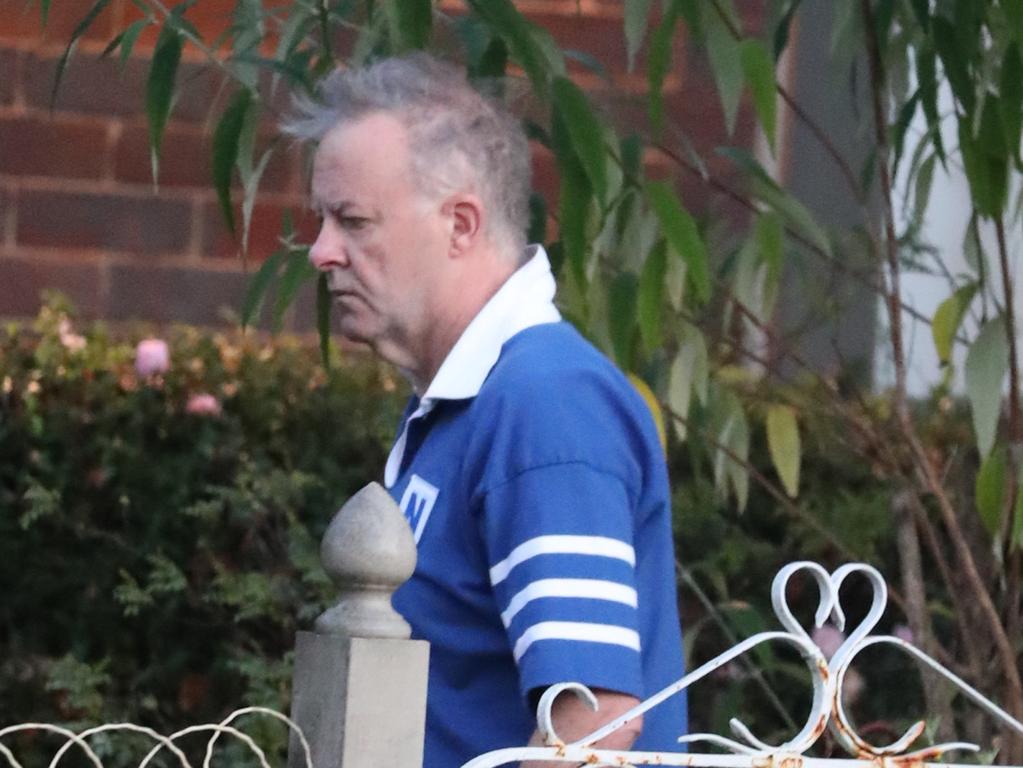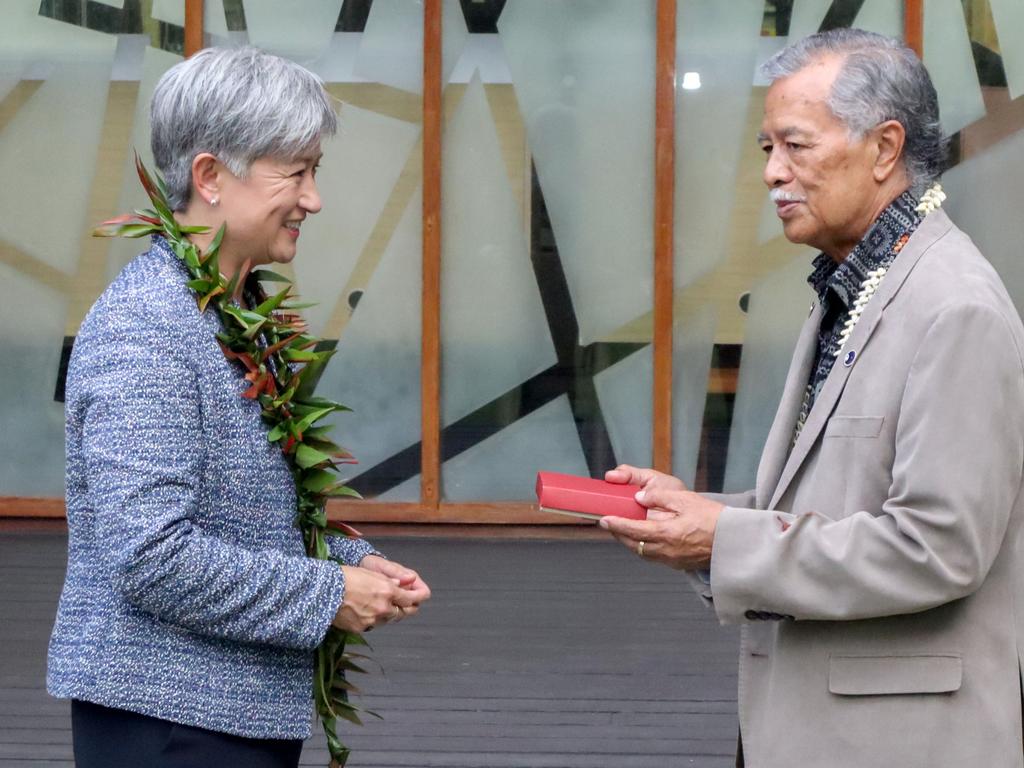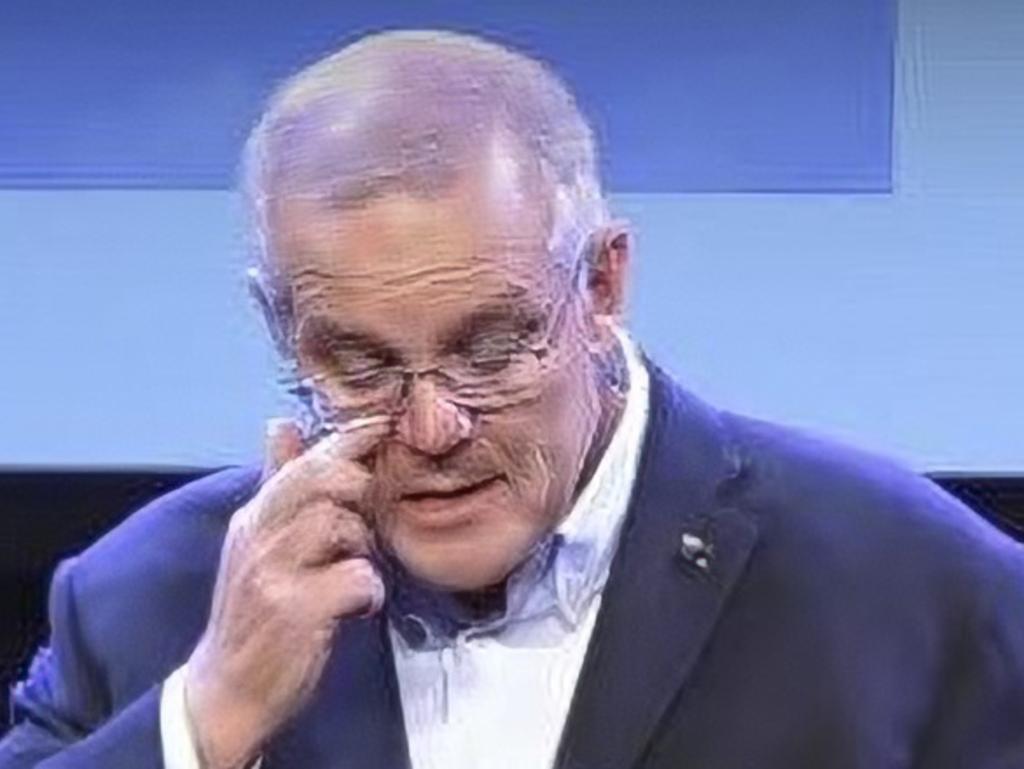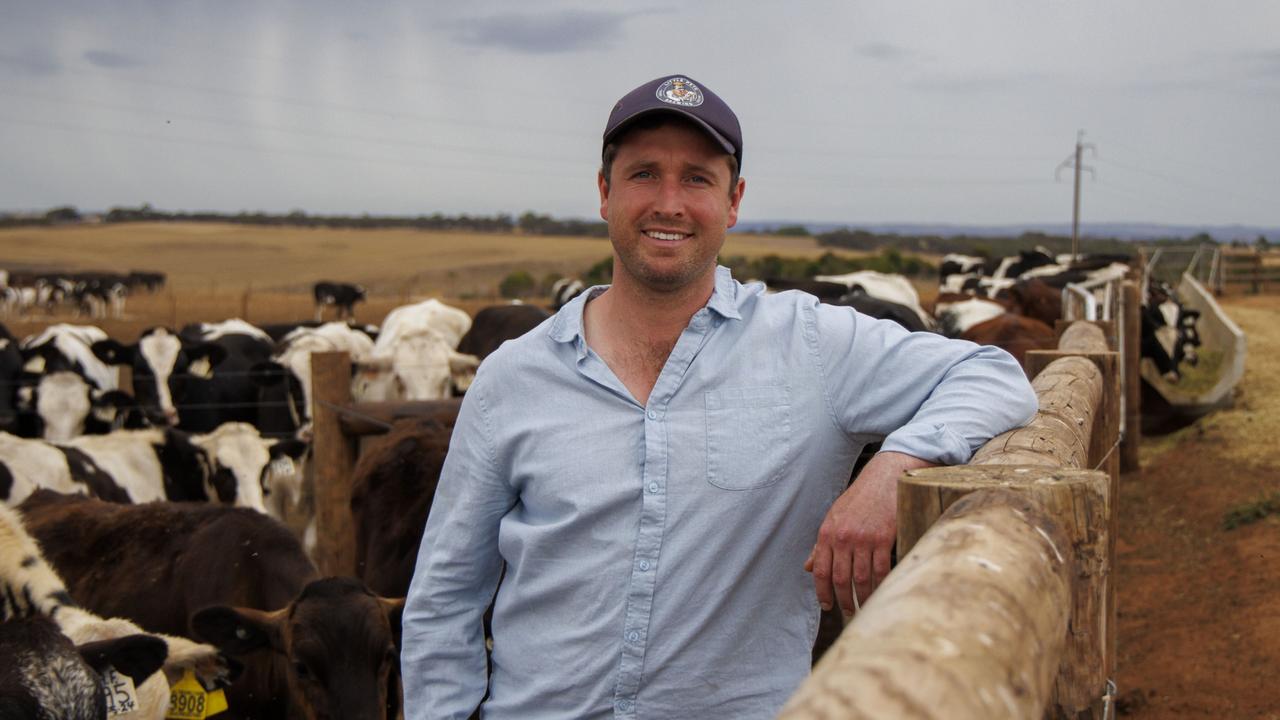Treasurer Jim Chalmers flags ‘sacrifices’ to lift standard of living
Jim Chalmers says he wants a ‘national conversation’ about the true scale of the productivity challenge.
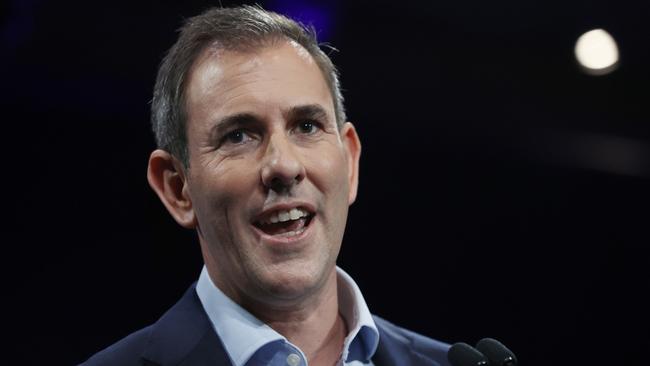
Jim Chalmers says the nation will not lift productivity growth back to 1.5 per cent over the long term on current policy settings and that Australians have an appetite for change, which could involve sacrifices in the name of raising living standards.
The Treasurer told The Australian on Thursday he wants to have a “national conversation” about the true scale of the productivity challenge, and he argued the previous government’s “big lies” on productivity had undermined the case for meaningful economic reform.
Dr Chalmers agreed there was cynicism in the community about the potential to enact genuine reform. But he said Covid had provided a “big national and global moment” that had encouraged people to think about “what we like about our economy and our society, and where we can do better”.
“I think that there is an appetite – if there is national leadership and honesty at the national level – for people to recognise that sometimes sacrifices are necessary if we are to make progress,” he said.
A string of federal budgets have assumed underlying labour productivity growth would converge over a decade to the 30-year average of 1.5 per cent. But productivity growth over the past five years was only 0.9 per cent and fell as low as 0.2 per cent in 2018-19 just before the pandemic, raising persistent concerns that the budget assumptions were overly optimistic.
The pressing need to boost the nation’s potential growth rate was highlighted in last year’s Intergenerational Report, which makes assumptions about productivity, workforce participation and population growth to inform its 40-year budget projections
The Treasury document warned Australians’ average incomes would be $32,000 lower than projected, and the federal deficit twice as large by 2061, if the country failed to reverse a decade of slumping productivity growth.
Dr Chalmers said the Albanese government would deliver another IGR next year, and that he would accelerate the frequency of the reports from every five years to every three years.
Incorporating a lower productivity growth number, in mechanical terms, would drive a lower long-term growth profile and imply greater pressures on funding essential social security programs from an ageing society.

Dr Chalmers said the October budget would include a “more realistic” picture of Australia’s productivity challenge.
“One of the big lies that the former government perpetuated was that they would reach 1.5 per cent labour productivity growth on their policy settings,” he said.
“Productivity growth has been the missing ingredient for the best part of a decade and the assumption that the former government was going to hit 1.5 per cent growth was one of the defining shortfalls in the budget – repeatedly – under our predecessors.
“Part of the upfront national conversation I want to have with the Australian people is about how we shift the needle on productivity – that’s the secret to get wages growth and economic growth with low inflation.
“But the starting point needs to be a more realistic assessment of where we’ve been and where we’re headed. The former government overpromised and underdelivered on productivity time and time again, and I don’t want to make the same mistake.”
KPMG chief economist Brendan Rynne said policymakers had other levers to offset the hit to living standards associated with a deteriorating productivity outlook. “The government has the capacity through policy adjustments to push up the other two ‘Ps’ (population and participation) – including bringing in skilled migration and improving female participation – both of which would be expected to have second-round effects on productivity,” Dr Rynne said.
After 11 hours of briefings with top Treasury officials, Dr Chalmers said he hoped the “line by line” audit of the budget would “throw up additional opportunities for, ideally, billions of dollars worth of budget improvements”.
This would be on top of the $11.5bn in savings already identified via measures such as cracking down on multinational tax avoidance and spending less on labour hire and contractors.
Dr Chalmers, who said he has spoken with six of the eight state and territory treasurers, and is playing “phone tag” with NSW’s Matt Kean and Queensland’s Cameron Dick, sketched out a two-stage fiscal strategy.
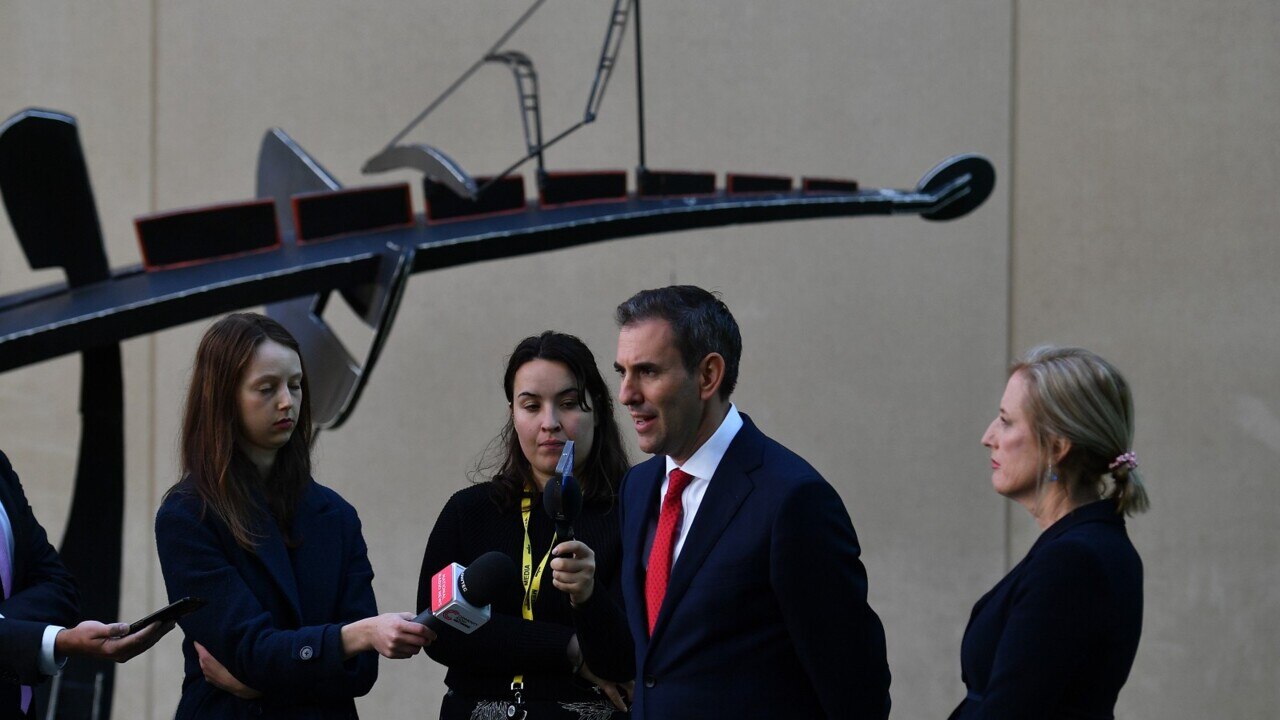
“The first step is to improve the quality of the budget. Once we’ve done that and made sure every dollar is invested wisely …, the task of getting these deficits down will be an important one.”
With the national energy regulator announcing household power bills were set to jump by as much as 18 per cent from July, Dr Chalmers offered little sign the government was planning additional, immediate cost-of-living relief beyond the one-off low and middle income tax offset which will deliver a rebate of up to $1500 for 10 million taxpayers from July, and the 22.5c fuel excise cut which expires at the end of September.
He said “help is on the way when it comes to cost of living,” in the form of lower childcare costs and cheaper medicines from next year. “But if there are other things that the new cabinet wants to contemplate beyond that (existing support), then we will engage with that in the usual way.”
Dr Chalmers said the Albanese government would engage with business about the best way to make the most out of the existing migration settings.
“Our message to businesses (on skills shortages) is: We understand. We don’t want migration to be a substitute for training. We don’t want people to be exploited. We want to get the system as robust as possible, to get all the various trade-offs and balances right, but we do understand.”
He said he planned to hand down a report on his planned review into the Reserve Bank next year, and he had “absolutely no intention of messing with the independence” of the central bank.
His comments come as new figures showed floods and climbing costs triggered a disappointing 0.3 per cent drop in business spending in the March quarter.
But the associated ABS survey showed that investment intentions remained solid, with capital expenditure projected to lift by 13 per cent in this financial year.



